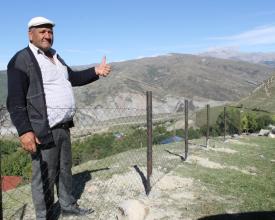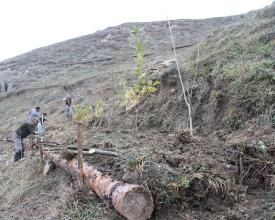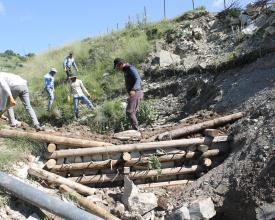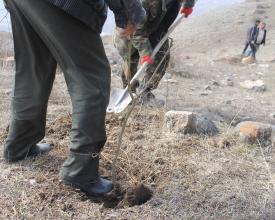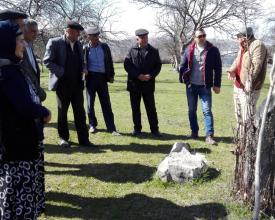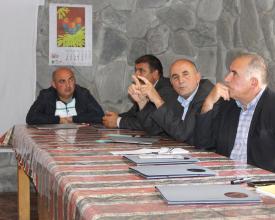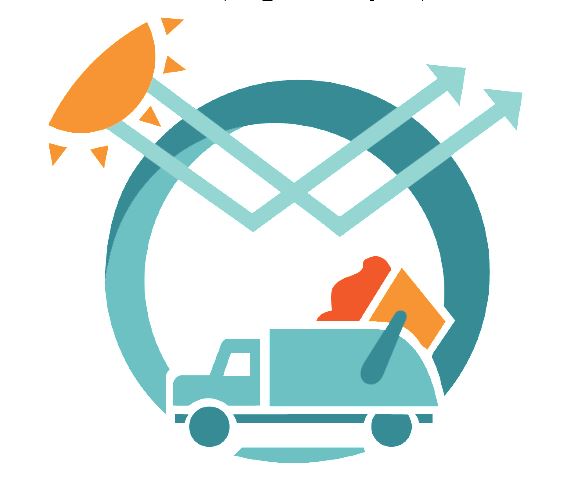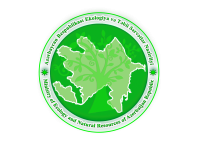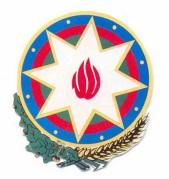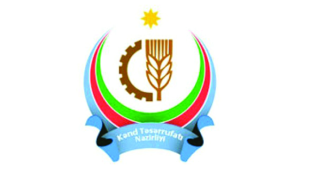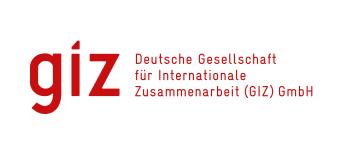
Ecosystem-based erosion control in Azerbaijan
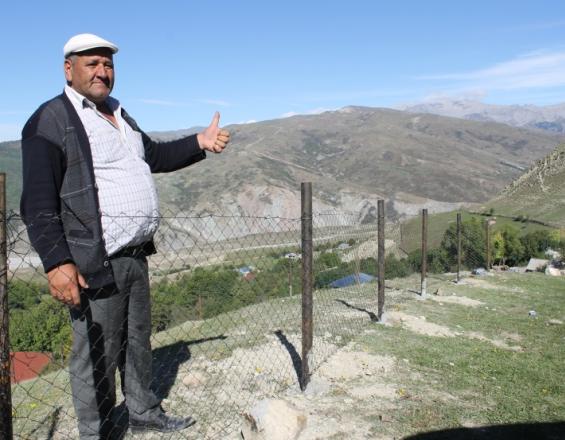
Pastures in the South Caucasus region are under pressure through unsustainable use and climate change processes. The GIZ Programme “Integrated Biodiversity Management, South Caucasus” inter alia implements and tests affordable solutions together with local communities, preventing erosion and managing the mountainous ecosystems in a sustainable way. Piloted measures include: stabilization of slopes and river beds, setup of hay-meadows, afforestation, orchard management and construction of a tree nursery.
Context
Challenges addressed
Many pastures in the mountain areas of Azerbaijan are in bad condition. High numbers of livestock and bad management practices lead to a loss of vegetation and subsequent soil erosion. Degraded pastures result in a loss of biodiversity and livelihoods and a rising risk of landslides. Estimated temperature rise and an increase in extreme weather events will accelerate land degradation. Even though a rise of rainfall might be beneficial for pastures, changing land uses and increased evaporation will amplify soil erosion. The government and district administration lack coordination and finance for the sustainable management of public pastures. Local communities are aware of the erosion problem, but no incentives and clear examples for erosion control are given by the authorities. To combat overgrazing, farmers have to be provided with alternative income generating practices, e.g. through an integrated management concept proving the economic value of sustainably used ecosystem services.
Location
Process
Summary of the process
Building Block 1 is concerned with the erosion control activities of the programme. Those are piloted on the local level and used later to upscale the programme and present feasible solutions to other communities. To implement the measures and guarantee a sustainable outcome, Building Block 2 describes the participatory planning and Building Block 3 gives attention to the capacity development approach.
Building Blocks
Erosion control measures
Implemented erosion control measures contribute to the conservation of biodiversity through the protection of natural resources from anthropogenic induced erosion processes and through the rehabilitation of degraded areas. Special attention is paid to the causes and underlying drivers of erosion in order to develop strategies to improve erosion control at local level. Together with national partners Ismayilli district of Azerbaijan was selected as a pilot region.
Different erosion control measures are conceptualized and implemented through the cooperation of national and local partners, involving relevant stakeholders, international and local experts and local villagers. In order to rehabilitate the eroded lands and avoid further land degradation locally applicable erosion control measures are introduced to the land users. Measures include ‘grey’ measures (terraces, fences) as well as ‘green’ measures (afforestation, orchard management) and are combined with alternative income generating practices.
Socio-economic and ecological benefits of better land management and erosion control measures are monitored, documented and demonstrated to surrounding communities.
Enabling factors
- Understanding and ownership of the problems by land users are an essential part of successful implementation of erosion control.
- Strong exchange between land user and relevant scientist.
- Capacity development for land users.
- Demonstrate economic value of erosion control measures.
Lesson learned
- A strong understanding of the social structure of the community as well as the local environment is key for the development of an erosion control concept.
- Measures should be locally applicable and tangible for the farmers.
- Reliable results are necessary to convince farmers (shown on the pilot sites and monitoring plots of the project).
- It is vital to test and demonstrate different erosion control measures to showcase what measures have the most impact on which erosion situations and foster understanding for the solutions.
- Involvement of local communities in the construction of the measures (manpower and material).
- Develop an upscaling concept, making local experiences sustainable, e.g. an erosion control handbook for the South Caucasus region.
Participatory land use planning
In order to properly monitor the participatory implementation of the programme a “Community Management Group” (CMG) has been established. Members of the group were selected via an open voting involving all municipality members. The CMG members represent all economic and social groups that depend on natural resources (e.g. cattle breeders, beekeepers, gardeners…) including women and youth. During the planning and implementation phase of the erosion control measures, the CMG meets regularly, informs on the current situation, discusses challenges and decides on further steps. The CMG presents its proposal and comments on the management of public land (communal land) to relevant stakeholders of the District Administration, the Property Committee, the Rayon Agriculture Department and the regional department of the Ministry of Ecology. After incorporating the feedback from different stakeholders the CMG approves the implementation of the programme activities. Moreover the CMG is a mechanism to negotiate diverging interests and solve occurring conflicts.
Enabling factors
- Mapping of ecosystem services and understanding of its contribution to human well-being.
- Existence of traditional knowledge and skills regarding the collective use of natural resources.
- Existence of a relevant legal bases (environment) and willingness of corresponding authorities to participate in the planning process.
Plan and organize regular meetings
Lesson learned
- The benefit of the applied measures for land users should be clearly explained to the decision makers.
- The involvement of all relevant stakeholders is mandatory to prevent exclusion and conflicts that would otherwise negatively impact the programme.
- Moderators can facilitate the decision making process (e.g. conflict mitigation).
- External experts will contribute to planning and implementation (technical, institutional advice).
- Inviting relevant ministry representatives to community meetings may create conflicts if the community is not aware of corresponding laws and regulations. It is recommended to explain current laws and regulations to the community members beforehand.
- Women, as main users of natural resources, are not always involved in decision making. Involving women will highly affect the sustainable use of natural resources.
- Participatory land use planning should use traditional knowledge and skills of the target group to maintain long-term gains.
Human Capacity Development for erosion control measures
To support the participatory approach and achieve sustainable outcomes, local capacities are continuously developed. Therefore, international and local experts have been invited to train local communities on implementing and maintaining erosion control measures, e.g.: afforestation, maintenance of tree nurseries, orchard management or beekeeping. Local and regional meetings among communities are used to promote activities and enhance knowledge exchange. Trainings on integrating ecosystem services into development planning are also provided to local authorities and representatives of partners.
To enable national and regional exchange, an erosion control handbook that reflects showcases of implemented ECM in pilot regions was developed and will be distributed among relevant ministries, research and training institutions, NGOs, construction companies and experts.
Enabling factors
- Decision makers are aware of erosion processes and future negative impacts
- Local communities trust the programme and are motivated to participate in the implementation process
- Capacity building agenda of the programme fits with (development) agenda of district administration and municipalities
Lesson learned
- Organize hands-on trainings in the field rather than in class.
- On the job trainings and learning by doing make complex topics accessible
- Translate the trainings into the reality of local communities (e.g. with tangible examples)
- Respect local knowledge and practice in erosion control
- Incorporate local and traditional knowledge into the trainings and reflect possible enhancements of applied measures
- Exchange with other international institutions that deal with similar topics
- Be sensitive to upcoming conflicts of interests during trainings and exchanges between stakeholders and partners
- Ensure involvement of all relevant stakeholders in capacity building
Impacts
The solution fostered the knowledge of decision makers and farmers on erosion processes and the sustainable management of biodiversity. Through various workshops, trainings and excursions the value of ecosystem services was explained and translated into the realities of the participants. The mainstreaming of biodiversity was strengthened through the facilitation of an inter-sectoral steering group on district level. Impact of different erosion control measures is being measured through a monitoring system. The implemented measures are used to demonstrate effective erosion control to stakeholders and neighbouring communities, to raise interest of politicians and local communities in ecosystem-based erosion control. The aim was to make the construction of erosion control measures affordable and easy to undertake. In Ehen village in Ismayilli region, several bioengineering and engineering measures have been implemented: steep hills have been stabilized with terraces and fruit trees, several check-dams and a gabion have been constructed in eroded river beds, areas with gully erosion have been fenced and afforested and eroded pastures have been re-established as hay-meadows. Alternative income generating practices have been supported through trainings and funding: orchard management, beekeeping and hay production.
Beneficiaries
Ministry of Ecology and Natural Resources, Ministry of Agriculture, Ismayilli District Administration, local municipalities and local communities.
